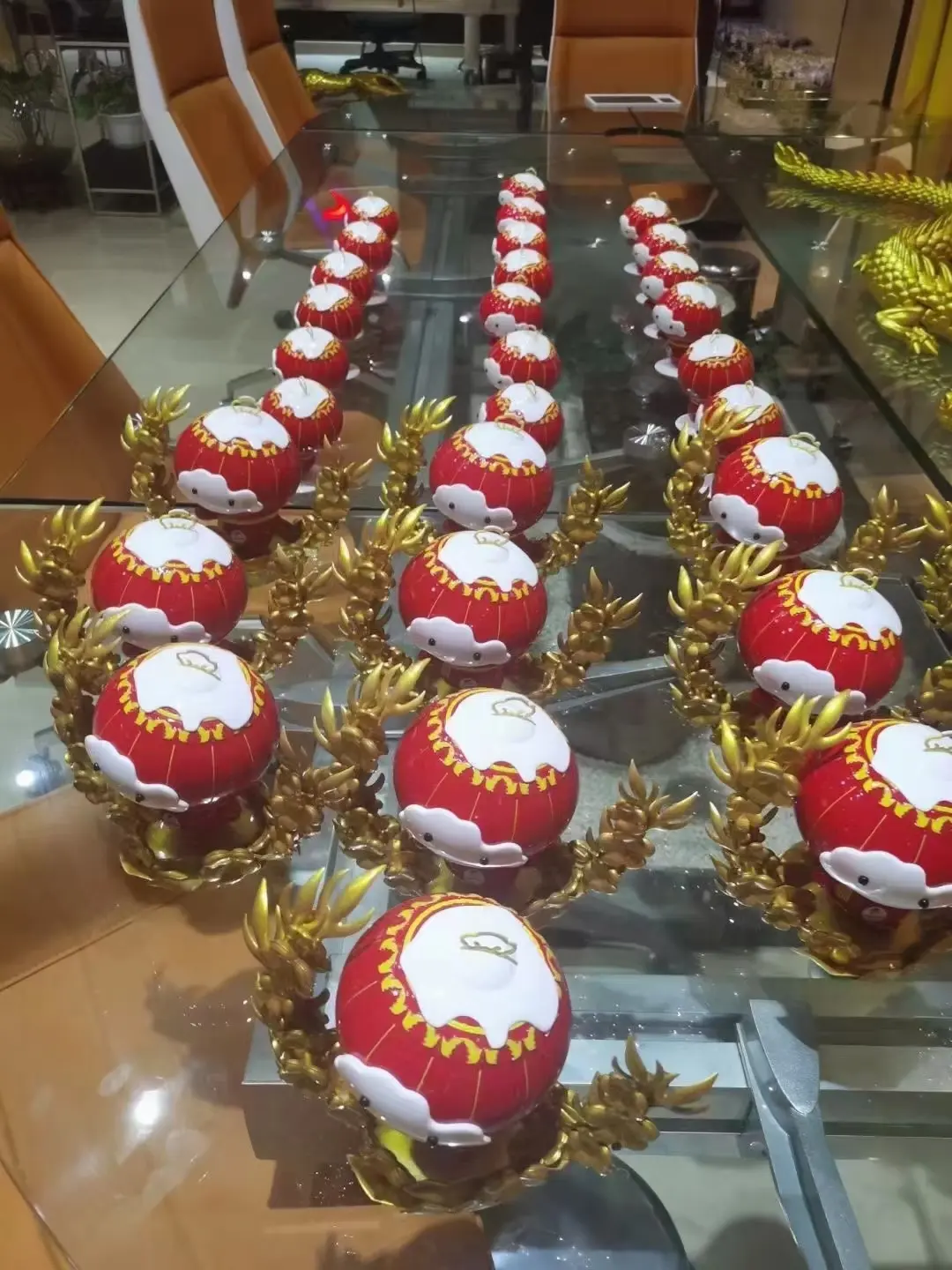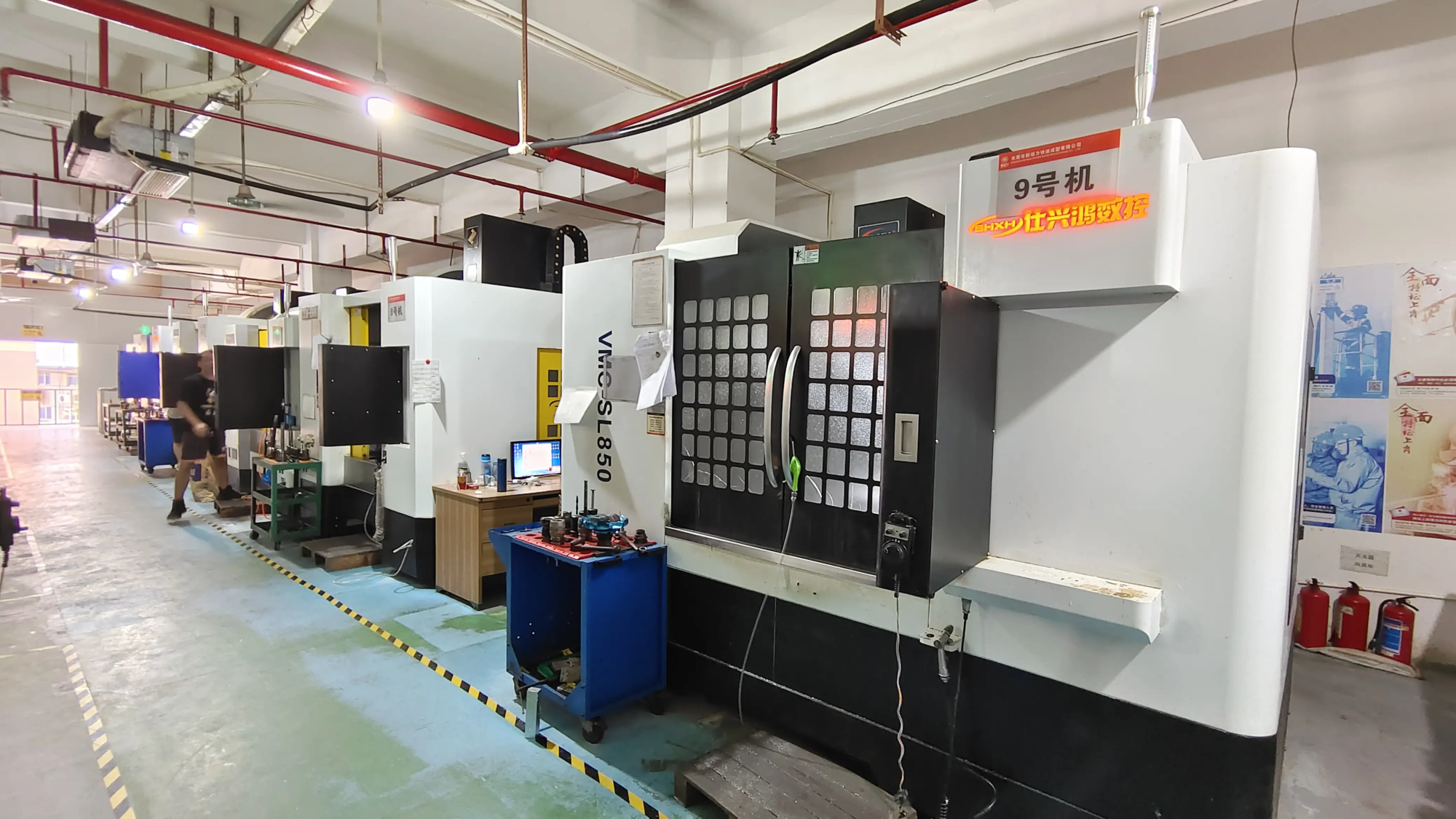Unlocking Ancient Echoes: The Final Guide to 3D Printing Death Whistle
Centuries ago, the human skull was shaped by hand and made incredible, exciting screams. This is the whistle of the Aztecs, an artifact found in the clenched hands of the warriors in an ancient Mexican temple. Archaeologists believe it is far from being a mere instrument, but using it in rituals – guiding the soul to the afterlife, fearing enemies in battle, or glorifying the god of the Underworld Mictlantecuhtli. Today, modern technology allows us to revive this sound artifact with amazing precision. Let’s explore how 3D printing has revolutionized access to this weird history.
Why 3D printing death whistle?
Traditional functional death whistle-hand making requires outstanding skills in wood or clay. The complex internal channels have to be carefully tuned to create that signature, disturbing scream. This complexity makes handmade slow and error-prone. Enter 3D Print:
- The accuracy and complexity of release: 3D printers are good at creating complex internal geometries with submillimeter accuracy, which is crucial to creating chaotic resonant chambers that produce whistle’s unique multi-frequency screams.
- Quick experiment: Want to adjust the tone? It takes hours instead of days or weeks to modify a digital 3D model and print a new prototype. This helps with fast acoustic design iterations.
- Material flexibility: Explore the impossible sound of ancient materials. From standard polymers with sharp screams (PLA, ABS) to tones of high temperature resins, even experimental metal-sound palettes expand.
- Save by copying: Digitalizing the raw whistle of rare or fragile ensures that its sound heritage can be preserved and can be studied or culturally appreciated without the need to deal with exquisite artifacts.
- Accessibility: Now anyone who can use a 3D printer or professional service can create this fascinating acoustic engineering.
Design and Print Your Scream: Explain the Process
Digital Genesis (STL file):
- Start with a validated model. Many repositories offer downloadable death whistle-style STL files, from historically inspired replicas to artistic interpretations. Make sure the model is tested well in preparation for sound!
- Advanced users can use CAD software (Blender, Fusion 360) for custom design. Focus is key: chamber volume, airway size and mouthpiece shape determine the basic frequency and tone.
Material Important: Choose your sound palette:
- PLA: The most common choice for amateur FDM printers. A bright, harsh scream is produced. Easy to print and post-process.
- Resin (SLA/DLP): Provides incredibly smooth interior surfaces (reduces air friction noise) and high detail. The results usually result in clearer, louder, more resonant screams. More safety precautions are needed to print and cure.
- Nylon (such as PA12) and advanced polymers: Provides greater durability and potentially unique sound features for frequent use.
- Metal (SLM/DML): The pinnacle of durability and resonance. For exceptionally real and powerful results, professional metal printing services such as Greatlight are transformative. We use materials such as stainless steel, titanium or aluminum alloys, using advanced selective laser melting (SLM) technology. Metal printing captures the best design details and produces a unique pure, continuous, backbone scream with incredible projections. Our expertise ensures that complex internal voids form perfectly and flow freely. This option is ideal for artists, collectors or researchers who demand unparalleled acoustic loyalty and durability, far exceeding the achievements of standard plastics.
- Slicing Sonic successfully (G code): Use slicing software to prepare the printed STL. Main things to note:
- Wall thickness: Ensure adequate thickness (especially for internal airway walls) – structural integrity and sound quality usually require 2 mm.
- Fill density: 100% fill is usually recommended. The gaps in the walls suppress vibration and greatly weaken the sound.
- Support structure: It is crucial for complex overhangs such as cigarette holders, but carefully placed and removed. Internal support is essential for SLM metal printing and is handled professionally by Greatlime. Residues can block the airway.
- Layer height: The thinner layer (0.1-0.2mm) produces a smoother interior surface for better airflow, especially on FDM printers. Resin and metal inherently provide a smoother surface.
- Printing direction: Optimized to minimize support in critical airway chambers.
Perfect Scream: Post-processing Points
Original 3D printing ≠ scream. Post-processing is crucial:
- Support removal: Carefully remove all support materials, especially any internal residue, blocking the airway. Use beautiful tools (file, select) for FDM/resin.
- Smooth internal paragraphs: For FDM printing, lightly sand the inner surface through the nozzle and outlet holes. Dissolution smoothing (for example, vapor smoothing of ABS) can be very effective. After proper curing, resin printing usually requires minimal internal work.
- Air seal: Key steps! seal Internal Surface to create sealed channels. Options:
- Ca glue (super glue): Thin viscosity bonds evil into the internal voids for a hard, smooth seal. Multiple coats may be required.
- Epoxy resin: Internal brush or pour (remove excess) to create a very durable seal. Need to cure.
- Food grade sealant (for PLA): If non-functional replicas are considered or very careful experiments. CA/epoxy is standard for durable, long-lasting whistle.
- Metal printing: Sealing is unnecessary because the laser molten metal form inherently seals with incredibly smooth internal channels – a major acoustic advantage.
- External organization (optional): Used for aesthetic polishing, primer, painting, varnishing or polishing. Keep the paint away from the mouthpiece outlet and airway opening! Greglight offers a wide range of post-processing services for metal parts such as polishing, bead blasting, powder coating and electroplating to achieve museum quality or custom aesthetic finishes.
Moral considerations: Respect for echoes
The death whistle has cultural and spiritual significance.
- Recognize the estate: Understand and respect the origins of Aztec/Mexico. It’s not just "Terrible noise maker."
- Context use: Please note where and how to use it. Avoid trivial cultural practices or causing unexpected suffering (humans are not the only ones who don’t like sounds!).
- Respectful entertainment: Focus on appreciation, historical interest or artistic exploration, not mockery. The effort to truly reproduce sound using precise methods such as 3D printing can be a respectful study.
Conclusion: Reconstruction that plagues the future
3D printing has bridged centuries, transforming the once elusive whistle of death into accessible objects for acoustic studies, historical fascinations and unique art. From rapid plastic prototypes to unparalleled sound fidelity and permanence that can be achieved through professional metal additive manufacturing, this technology enables creators to have unprecedented control over the sound signatures of these ancient instruments. Whether you’re an amateur exploring PLA or a craftsman seeking the ultimate resonance boat in laser-futed titanium, this journey reveals amazing depths about acoustic engineering, materials science, and cultural resonance. Rely on its origins in terms of this powerful sound and let 3D printing unlock historical whispers, or creepy screams.
Why choose Greatlime for complex 3D printing acoustics projects?
The profound sound of the resurrection of the death whistle, especially when pushing durable metal into unparalleled acoustic performance, requires precise engineering. Greglight is the leader of China’s rapid prototype company. We’ve browsed professionally Metal 3D Printing (SLM/DML) Use state-of-the-art equipment and in-depth process technology. This expertise is crucial for complex parts that require perfect internal geometry, such as death whistle.
We’re not just printing:
- One-stop solution: From expert project consultation, AM design (additive manufacturing) analysis and accurate printing in materials such as stainless steel 316L Post-processing and completion of services (Stress relief, processing of CNC critical surfaces, bead blasting, polishing, electroplating). We process the entire chain to obtain a reliable, i.e. rotating functional whistle.
- Speed and customization: Need a quick or specialized material solution prototype? Our rapid prototype core services are designed for speed without sacrificing quality. Customized materials and finish choices are our strengths.
- Focus on accuracy: Solving complex metal parts prototype challenges is our professional expertise. We ensure that your death whistle design translates into acoustic reality with maximum acoustic loyalty and structural integrity.
It is now possible to customize the precision of rapid prototyping parts in metals or advanced polymers. Experience the fusion of ancient acoustics and cutting-edge manufacturing technology – please make a quote today!
FAQ (FAQ)
Is it hard to scream from a 3D printed death whistle?
- It can be tricky at first! Success depends on the validated STL fileaccurate printing (especially Enough wall thickness and 100% Fill),meticulous Clear all support materialscritical, Appropriate internal seal (CA glue or epoxy) ensures gas passage. Due to the inherent material density, the metal whistle avoids the sealing step.
What is the best material for the largest/realest scream?
- Metal (SLM printing): Thanks to the density of matter and the incredibly smooth internal passages, it provides the purest, loudest, most resonant and continuous screams. It closely mimics the acoustic properties of bones or dense ceramics.
- High-quality resin (SLA/DLP): Offers an excellent smooth interior surface that provides very loud, clear and clear screams, better than most FDM plastics on the amateur level.
- PLA (FDM): Can produce good harsh screams, but sound slightly raspier or less resonance than resin or metal. Quality depends to a large extent on the printing calibration and seal.
Why does my 3D printed death whistle barely make a sound?
- Blocking the airway: The culprit is the residual support material or debris inside the internal passageway. Use beautiful tools to carefully clear the passage.
- Air leak: The seal around the mouthpiece is imperfect (on the lips), cracks inside the whistle or the lack of an internal seal allow the air to escape rather than resonate. Ensure tight lip seal and perfect internal/external integrity.
- Poor internal seal (FDM/resin): Unsealed porous material absorbs energy. Sealed all internal air channels.
- Incorrect blowing techniques: Need to enter the strong, concentrated air directly into the mouthpiece. Imagine blowing a tablespoon of hot soup violently.
The 3D printed death whistle is durable enough to play with it often?
- Metal Whistle: Extremely durable. SLM printed stainless steel or titanium will be used continuously indefinitely with conventional care.
- Resin Whistle: Durable frequently used, but avoid serious impacts that can break them.
- Pla whistle: Not as durable as the above. It becomes vulnerable as time goes by. Handle with caution to avoid inappropriate pressure or heat exposure.
Is it culturally insensitive or plays the whistle of death?
- This requires sensitivity. Recognize and respect the origin and spiritual meaning of Aztec/Mexico. Avoid using it trivial (using it as a Halloween prank) or in the context of simulated indigenous culture. Focus on appreciation, historical understanding or artistic exploration. Context and intent are important.
- Why consider a professional service like Greatlight of Metal Death?
- For the unparalleled Sound quality (Metal density/smoothness), Excellent lifespan,,,,, Museum-grade finishand The ability to accurately copy complex historical designs or create unique high-performance custom works It is impossible to use traditional amateur printing. Professional SLM ensures structural integrity and perfectly form internal acoustics. Their post-processing expertise ensures a perfect final product.





